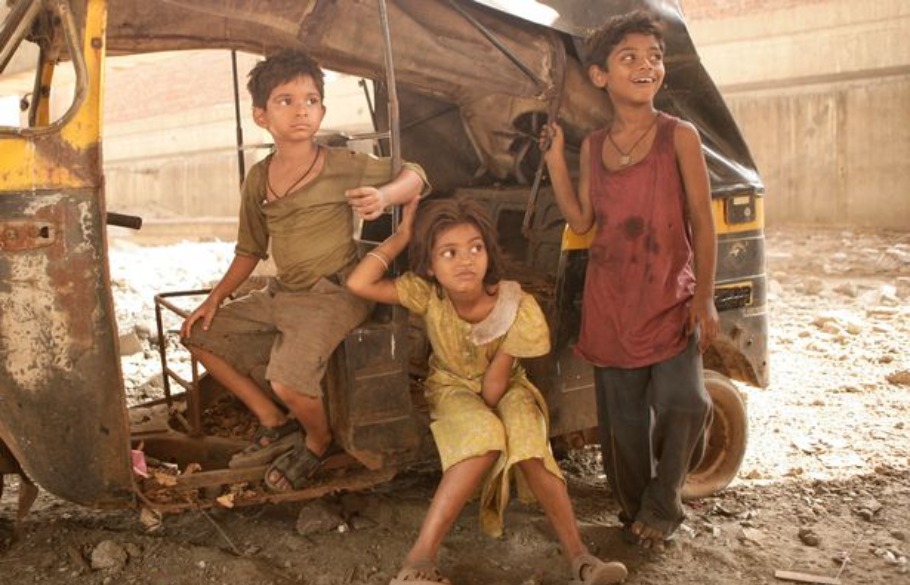
Extreme poverty in India fell 12.3% from 2011 to 2019: World Bank paper

India’s extreme poverty was 12.3 percentage points lower in 2019 than in 2011, with greater poverty reductions in rural areas, according to a policy research working paper released by the World Bank.
The research paper titled “Poverty in India Has Declined over the Last Decade But Not As Much As Previously Thought” is authored by economists Sutirtha Sinha Roy and Roy van der Weide.
Also read: ‘Poverty’ wages: ‘Shocking exploitation’ of Indian workers on high seas
The last expenditure survey released by India’s National Sample Survey organisation was in 2011, which is when India last released official estimates of poverty and inequality. This paper sheds light on how poverty and inequality have evolved since 2011 using a new household panel survey, the Consumer Pyramids Household Survey conducted by a private data company, the authors said.
Effects of demonetisation
According to the paper, the poverty headcount in India was 10.2% in 2019, declining from 22.5% in 2011. Rural and urban poverty dropped by 14.7 and 7.9 percentage points during 2011-2019.
“Our findings are as follows. First, the poverty headcount rate in India is estimated to have declined by 12.3 percentage points since 2011. Our preferred estimates suggest that the poverty head-count rate is 10.2 percent in 2019, down from 22.5 percent in 2011. Second, reductions in rural areas are more pronounced than in urban areas. Rural and urban poverty dropped by 14.7 and 7.9 percentage points during 2011-2019,” the paper stated.
Urban poverty increased by 2 percentage points in 2016, coinciding with demonetisation.
“Third, urban poverty rose by 2 percentage points in 2016 (coinciding with the demonetisation event) and rural poverty rose by 10 basis points in 2019 (coinciding with a slowdown in the economy). Fourth, we observe a slight moderation in consumption inequality since 2011, but by a margin smaller than what is reported in the unreleased NSS-2017 survey,” according to the paper.
The authors said they cannot speak of the changes in poverty headcounts in the post-COVID-19 pandemic phase and the lockdown in the country.
“Finally, the extent of poverty reduction during 2015-2019 is estimated to be notably lower than earlier projections based on growth in private final consumption expenditure reported in national account statistics. Our analysis stops just before the lockdown measures were imposed due to Covid-19 and therefore cannot speak to changes in poverty headcounts in the aftermath of the pandemic,” they said.
The paper clarified that ‘the findings, interpretations, and conclusions expressed in this paper are entirely those of the authors. They do not necessarily represent the views of the World Bank and its affiliated organisations, or those of the Executive Directors of the World Bank or the governments they represent”.
Earlier this month, International Monetary Fund’s (IMF) working paper had said that extreme poverty (less than PPP (purchasing power parity) USD 1.9 per person per day) in India was as low as 0.8% in 2019. “Extreme poverty was as low as 0.8 percent in the pre-pandemic year 2019, and food transfers were instrumental in ensuring that it remained at that low level in the pandemic year 2020.”

